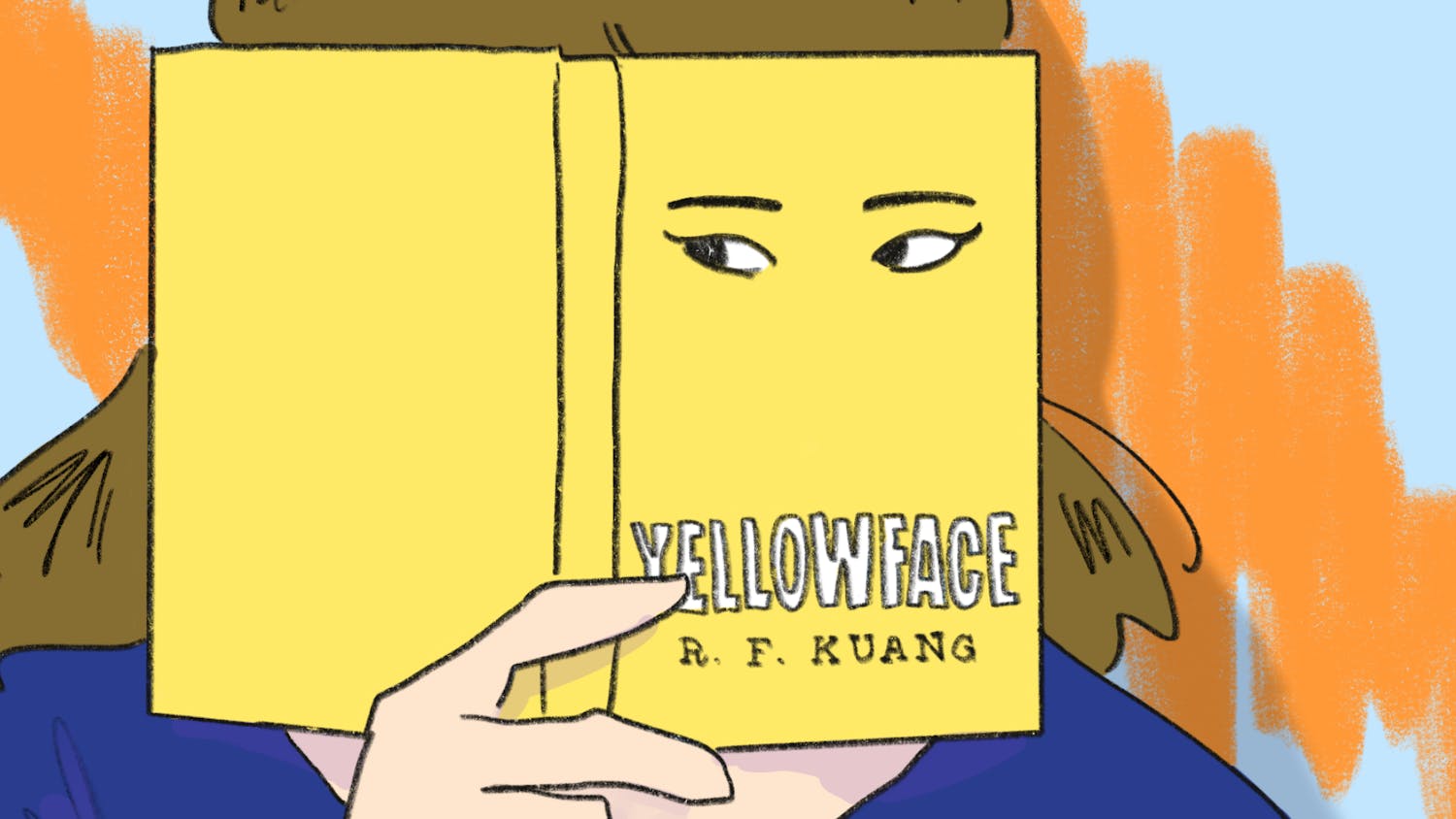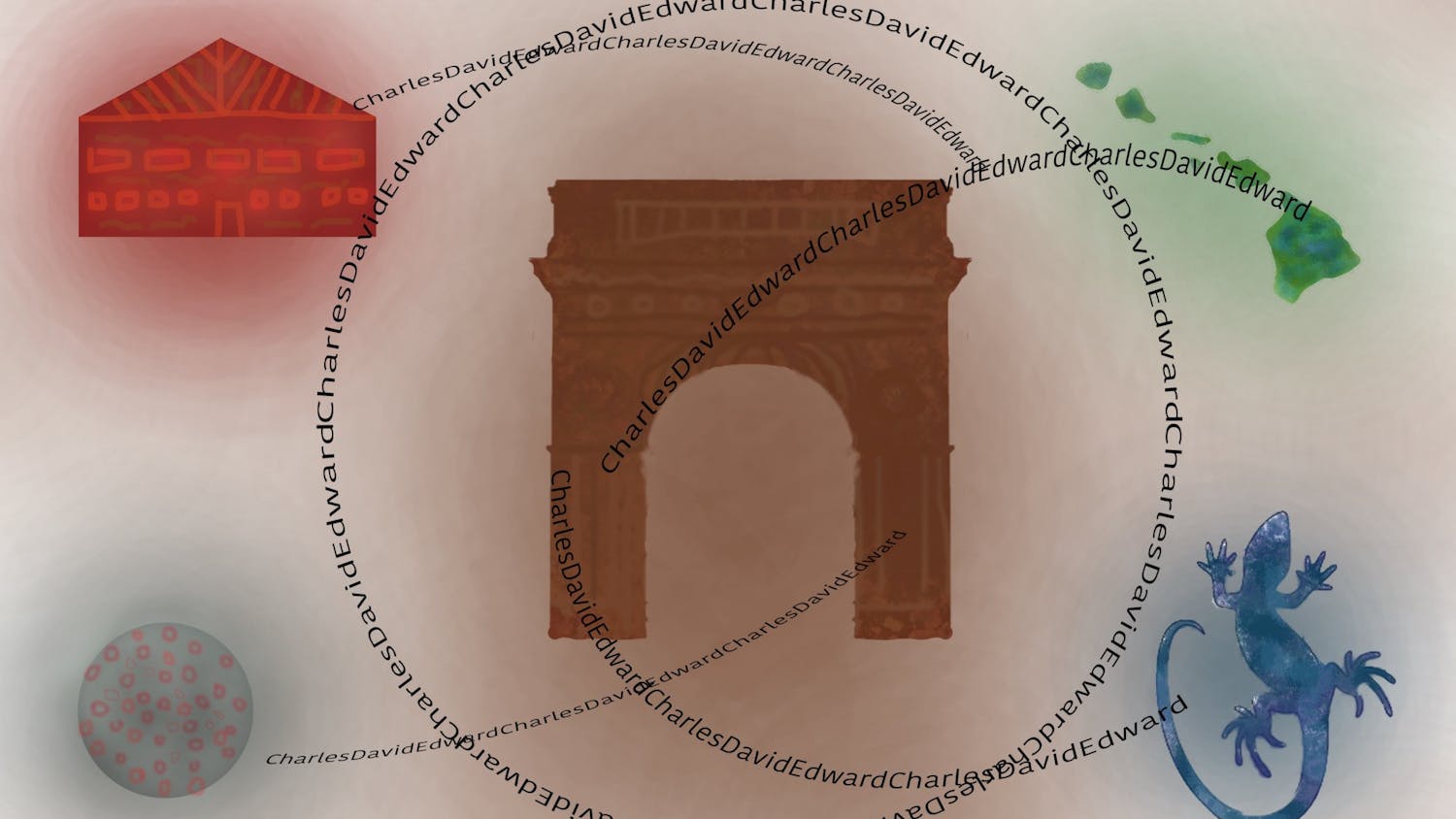“How We Get Free: Black Feminism and the Combahee River Collective,” edited by Princeton University professor Keeanga-Yamahtta Taylor, takes on the task of commemorating the inimitable 1977 statement made by the Combahee River Collective, a group of radical Black feminists that emerged after America’s Civil Rights era. The collective’s letter, a political declaration, revolutionized the way radical political change is talked about to this very day. “How We Get Free” includes the infamous statement in its pages, offering readers the opportunity to engage with the group that has shaped our political world yet remains unknown to many.
The part of the letter that spoke to me the most was the section “What We Believe.” In this section, the women of the CRC explain that their politics evolved “from a healthy love of ourselves, our sisters and our community which allow us to continue our struggle and work.” The writers lay out their central belief that “Black women are inherently valuable, that [their] liberation is a necessity not as an adjunct to somebody else’s” but “because of our need as human persons for autonomy.” They also make clear their investment in Black women’s humanity and disinterest in benevolent sexist platitudes, rejecting “pedestals, queenhood, and walking ten paces behind.” In their own words, “to be recognized as human, levelly human, is enough.”
A collection of interviews with influential CRC members Demita Frazier, Barbara Smith and Beverly Smith, “How We Get Free” provides new insights into the CRC’s work as a template for political organization in the contemporary moment. Named after Harriet Tubman’s raid of the Combahee River in 1863, the Combahee River Collective existed as a tributary of black women’s prolific history of resistance in the United States.
“How We Get Free” strives to establish a cultural memory of this resistance, archiving the organization’s efforts and legacy. The CRC’s political and historical importance as a Black feminist organization is unquantifiable; with this in mind, the work conveys the group’s accomplishments for new generations of activists.
This work diverges from some of Taylor’s traditional literary endeavors that focused on black politics and antiracist movements in the U.S. With the collection of interviews in “How We Get Free,” Taylor’s capacity as an interviewer is showcased as she engages in dialogue with the women who wrote the CRC’s letter decades earlier and the women whose activist work is in conversation with the statement today. If I had to choose, my favorite interviews in the collection were Taylor’s talks with activists and writers Alicia Garza and Barbara Smith.
In her interview with Barbara Smith, a co-founder of the CRC, Taylor asks about her feminist education, the organizing of the CRC and the state of Black feminism today. When asked about the group’s political stance, Barbara Smith said, “We were Black women. Our value systems were not shaped primarily or initially by the airless ideological sectarianism of the white European male left. […] We came from a different place. We came out of Black homes, Black neighborhoods, and Black culture.” Her words helped to inform my sense of the women who made up the CRC, breathing life into the organization’s politics.
Garza, co-founder of the Black Lives Matter movement, shared with Taylor the books that changed her life, experiences of college activism, the formation of the BLM movement and her perspective on contemporary activism. Garza, the only interviewee not directly affiliated with the Collective, offers her insights on the current political climate and her work with BLM, an organization and movement that has changed contemporary American politics and the dialogue surrounding police brutality. On the future of black activism, Garza said, “We need a new vision for Black power that doesn’t throw anyone away, and that doesn’t replicate the same s--t that we have now, which is not working for us, even when we think it does.” She understands her politics as being in conversation with the past, hopefully building upon the politics of those who came before her.
Providing us with new language for talking about the world, women and injustice, our political lexicon is indebted to the women of the Combahee River Collective. Beginning with its title, the book asserts its intention to explore liberation as a collective and contemporary concern. A group whose infamous collective letter introduced phrases such as identity politics and interlocking oppressions into our vocabulary, the CRC’s legacy is still in formation. As the decades pass, its work will continue to shape the world and people concerned with securing freedom for its inhabitants.
“How We Get Free” understands the journey to political liberation as one which is ongoing; the title situates its subject matter in the present tense despite the work’s focus on a 40-year-old document. In this way, Taylor uses this book as an opportunity to reflect on the document’s significance nearly half a century later. Taylor’s work as writer, editor and interviewer culminates in part in a call for active remembrance where the CRC is concerned. The book reminds us of the ways that the CRC’s visionary political work continues to challenge the practices of the mainstream feminist movement and black civil rights efforts. “How We Get Free” argues that those of us who are concerned with social, political and economic oppression ought to practice a commemorative politic of our own, taking the spirit of the Combahee River Collective with us.
.



